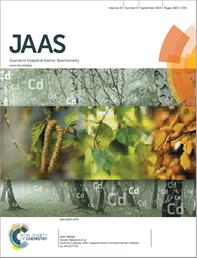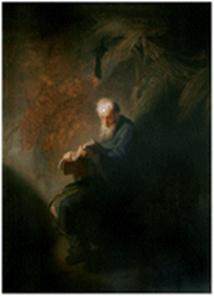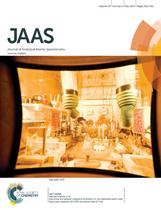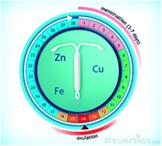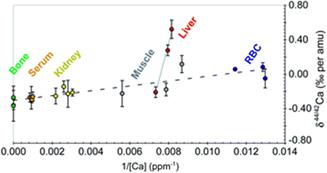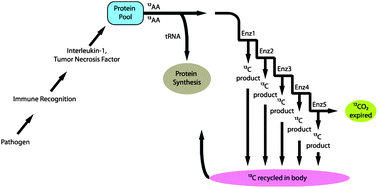The ANAKON, a joint conference of German-speaking analytical chemists, organized by the German Chemical Society (GDCh) took place in Graz, Austria, from March 23 to March 26, 2015.
JAAS Editorial Board Member and Online Community Editor Professor Martín Resano (University of Zaragoza), was awarded the prestigious Bunsen-Kirchhoff Preiss for Analytical Spectroscopy for his work on the development of atomic spectrometric techniques.
In addition, during the opening session, JAAS Advisory Board member Professor Detlef Günther (ETH Zürich) was awarded with the Emich Badge (Emich-Plakette) of the ASAC, for merits in micro-and analytical chemistry and his research on LA-ICP-MS.
Well done Martín and Detlef, congratulations on your awards!
|
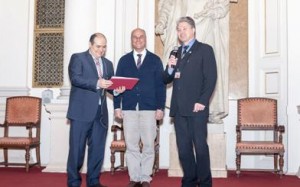
|
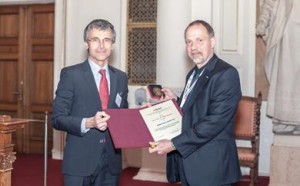
|
| Professor Martín Resano being awarded the Bunsen-Kirchhoff Preiss |
Professor Detlef Günther being awarded with the Emich Badge |
You can read some of the award winner’s papers below, which are free to access for the next few weeks.
Direct analysis of dried blood spots by femtosecond-laser ablation-inductively coupled plasma-mass spectrometry. Feasibility of split-flow laser ablation for simultaneous trace element and isotopic analysis
M. Aramendía, L. Rello, S. Bérail, A. Donnard, C. Pécheyran and M. Resano
J. Anal. At. Spectrom., 2015, 30, 296-309
Variable aperture extraction lens for ion beam investigation in inductively coupled plasma-mass spectrometry
Niko Kivel, Heiko-Dirk Potthast, Ines Günther-Leopold, Frank Vanhaecke and Detlef Günther
J. Anal. At. Spectrom., 2015, Advance Article
High-resolution continuum source graphite furnace atomic absorption spectrometry for direct analysis of solid samples and complex materials: a tutorial review
Martín Resano, Maite Aramendía and Miguel A. Belarra
J. Anal. At. Spectrom., 2014, 29, 2229-2250
An internal standardisation strategy for quantitative immunoassay tissue imaging using laser ablation inductively coupled plasma mass spectrometry
Daniel A. Frick, Charlotte Giesen, Teresa Hemmerle, Bernd Bodenmiller and Detlef Günther
J. Anal. At. Spectrom., 2015, 30, 254-259
Simultaneous determination of Co, Fe, Ni and Pb in carbon nanotubes by means of solid sampling high-resolution continuum source graphite furnace atomic absorption spectrometry
Martín Resano, Eduardo Bolea-Fernández, Engracia Mozas, María R. Flórez, Patricia Grinberg and Ralph E. Sturgeon
J. Anal. At. Spectrom., 2013, 28, 657-665
Comparison of 795 nm and 265 nm femtosecond and 193 nm nanosecond laser ablation inductively coupled plasma mass spectrometry for the quantitative multi-element analysis of glass materials
Masaki Ohata, Daniel Tabersky, Reto Glaus, Joachim Koch, Bodo Hattendorf and Detlef Günther
J. Anal. At. Spectrom., 2014, 29, 1345-1353
Direct determination of Cu isotope ratios in dried urine spots by means of fs-LA-MC-ICPMS. Potential to diagnose Wilson’s disease
Martín Resano, Maite Aramendía, Luis Rello, Mª Luisa Calvo, Sylvain Bérail and Christophe Pécheyran
J. Anal. At. Spectrom., 2013, 28, 98-106
Development and characterization of custom-engineered and compacted nanoparticles as calibration materials for quantification using LA-ICP-MS
Daniel Tabersky, Norman A. Luechinger, Michael Rossier, Eric Reusser, Kathrin Hametner, Beat Aeschlimann, Daniel A. Frick, Samuel C. Halim, Jay Thompson, Leonid Danyushevsky and Detlef Günther
J. Anal. At. Spectrom., 2014, 29, 955-962














